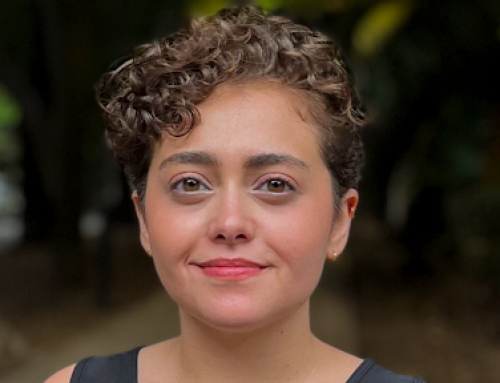As part of their studies at the UCLA Luskin School of Public Affairs, graduate students complete a project on behalf of clients, whereby they define a problem, design and conduct data collection, analyze and contextualize the information, and prepare a written and oral report for their client organization. Students gain experience working as consultants, and clients receive professional-level analysis and recommendations to drive action.
Each year, UCLA ITS supports a handful of these student research projects that investigate the pressing issues at the intersection of today’s transportation planning and policy topics. During the 2018-19 academic year, ITS funded 14 graduate capstone projects.
Working with clients from across the region, each student investigated a real-world question through their projects, addressing an existing need and adding to research. These capstone projects capture the range of issues — at local, regional, and national levels — at the forefront of transportation planning. Their research will help inform and guide equitable policies and approaches for transportation departments and cities across the LA region.
UCLA ITS awarded 10 graduate students for outstanding work on their capstone projects. The winners are:
Below are highlights from three of the capstone projects to illustrate the breadth of student research, from neighborhood-based mobility needs to a national survey of design policies.
Student Highlights
Dustin Khuu, MURP ‘19
Assessing Barriers to Mobility and Accessibility in Watts: A Case Study of the Jordan Downs Housing Development
In an applied project for LADOT, transportation planning student Dustin Khuu investigated the mobility needs for residents at the currently under-construction Jordan Downs public housing development in Watts, an area with a lower rate of car ownership than the county average. Residents cited concerns about safety and comfort as reasons for not walking, biking, scootering, or using transit more often. Khuu developed a toolkit for LADOT to improve user perceptions of the built environment in Watts.
Malia Schilling, MURP ‘19
Completing Our Streets: Lessons for Los Angeles from Peer Agencies Creating Safer, Multimodal Streets
In an analysis of complete street design guidance from 10 major cities, Malia Schilling examined how other cities have approached the development and implementation of street design guidelines that re-orient street design around multiple modes beyond driving. Through a research approach that involved interviews with city staff, she found that successful design guidelines depended on the buy-in of city leadership, the ability of city staff to coordinate across departments, and the enforceability of the updated design documents.
Karina Schneider, MURP ‘19
Wheels for All: Ensuring Equitable Access to Dockless Mobility in Los Angeles
As cities craft policies to guide the equitable distribution of dockless micromobility devices, they must reassess the factors that define disadvantaged communities. In her research, Karina Schneider mapped the neighborhoods within Los Angeles that would benefit the most from dockless mobility, based on key socioeconomic and spatial access metrics. Building on this, she also identified major barriers for further adoption of dockless mobility in these areas, which include language barriers, lack of engagement, inadequate infrastructure, and inequitable enforcement.





